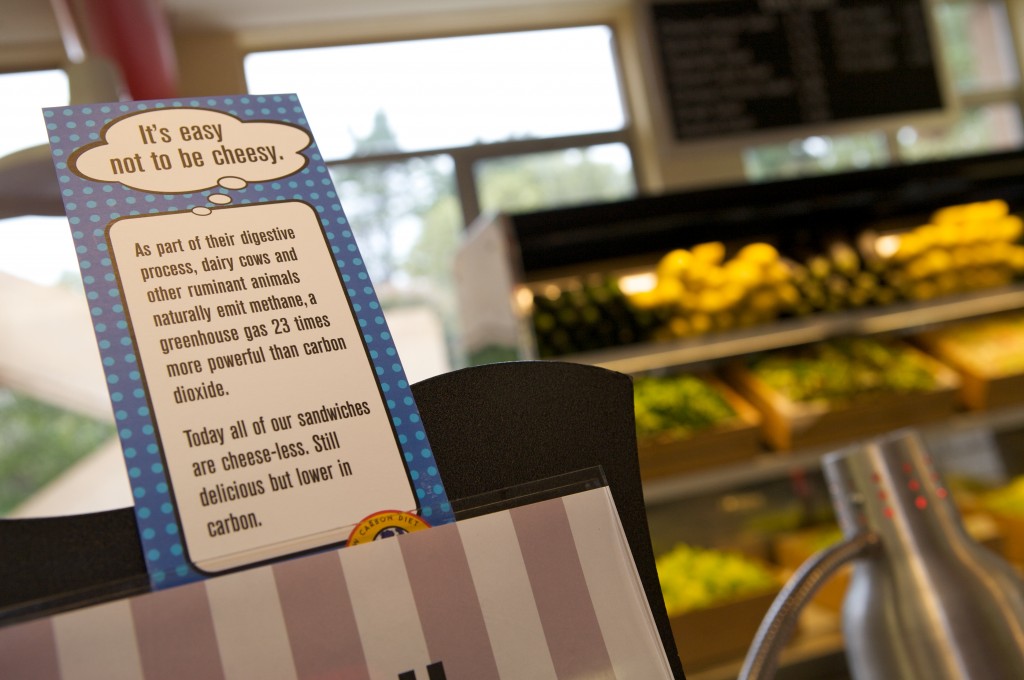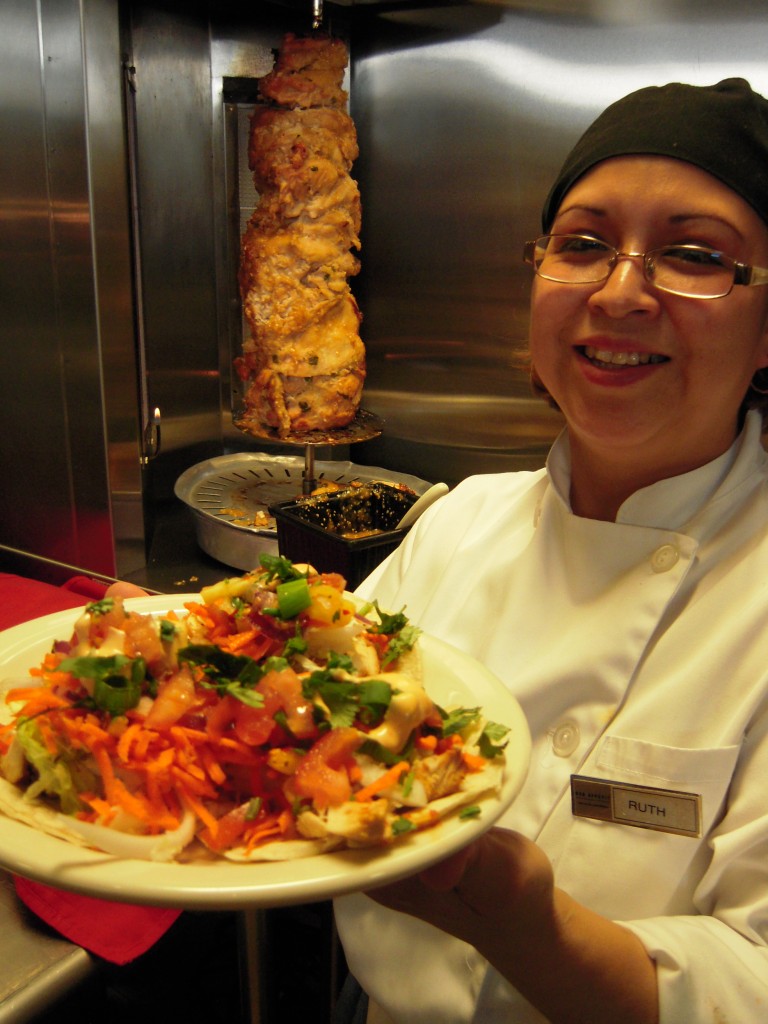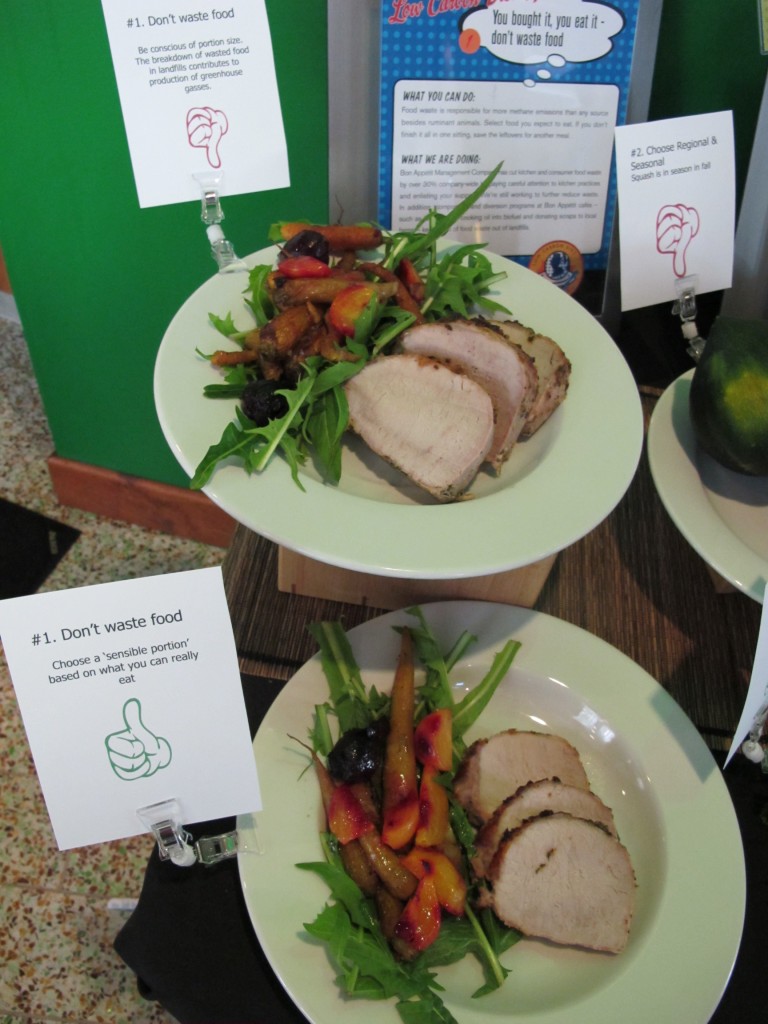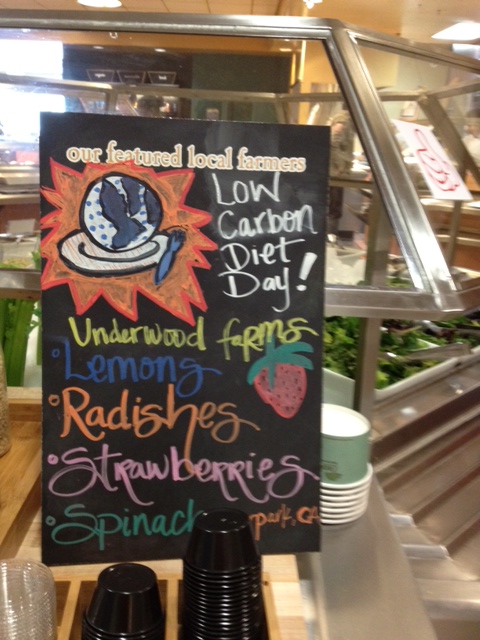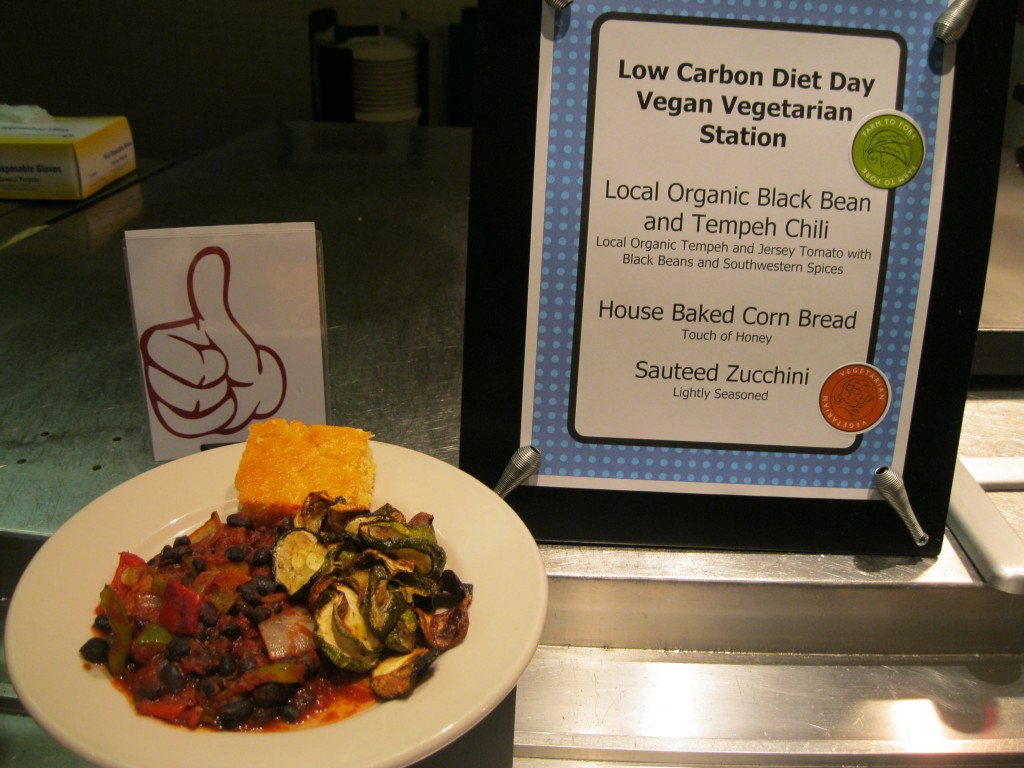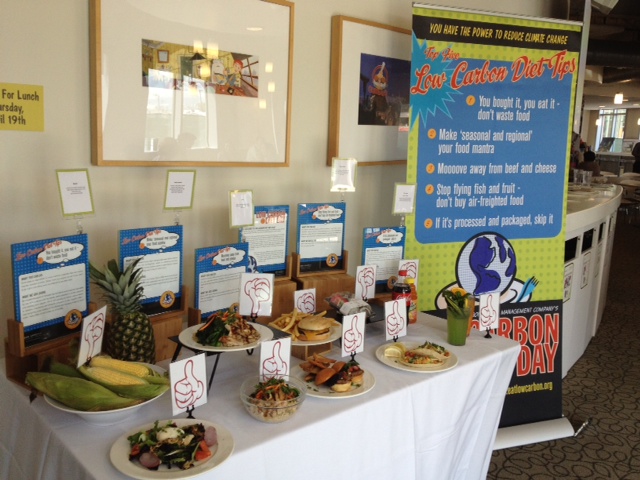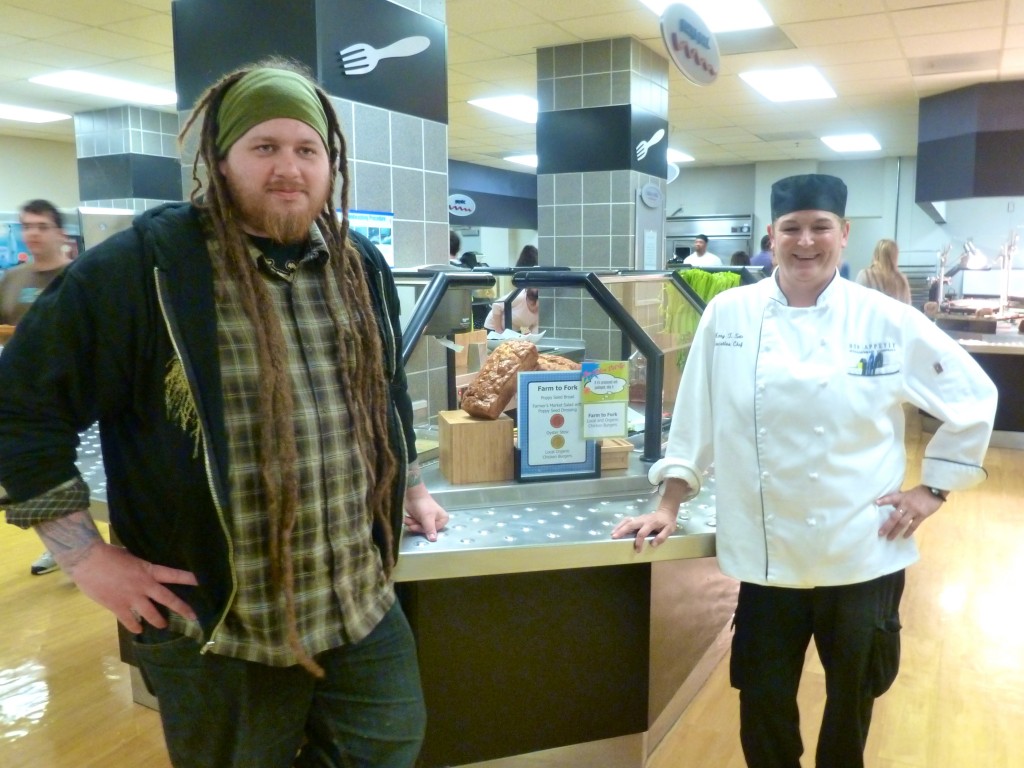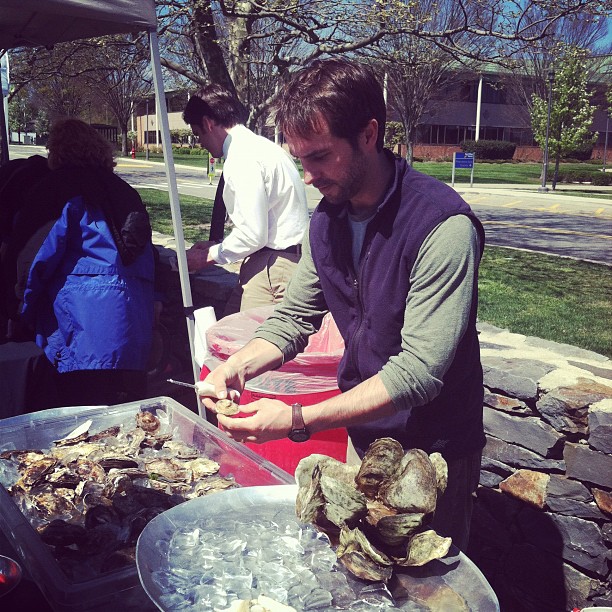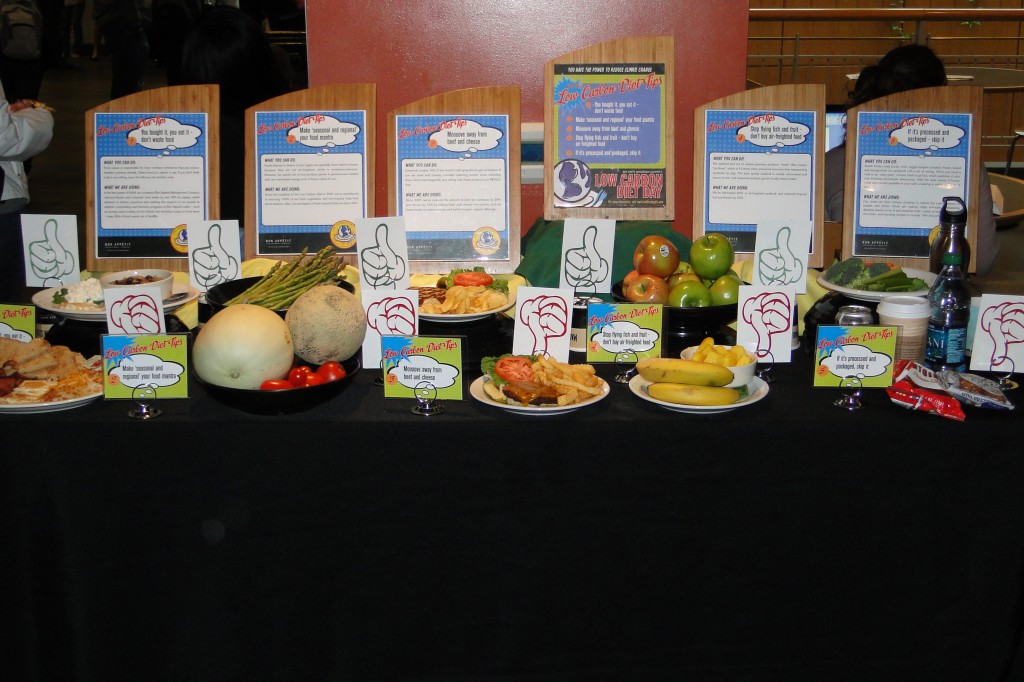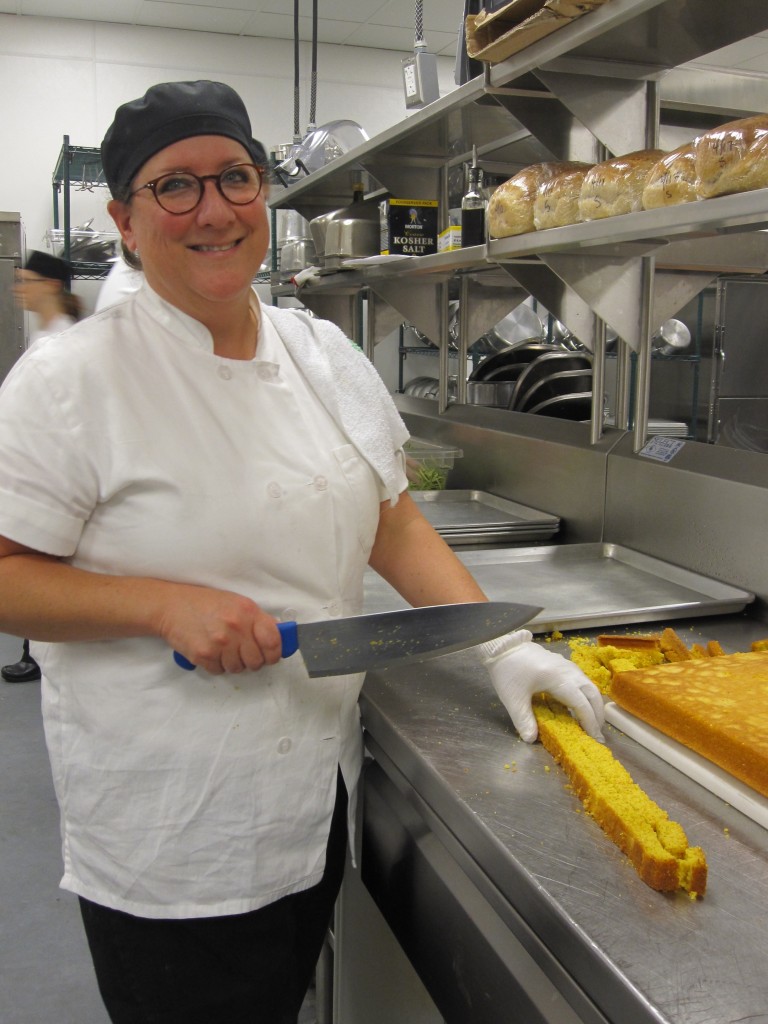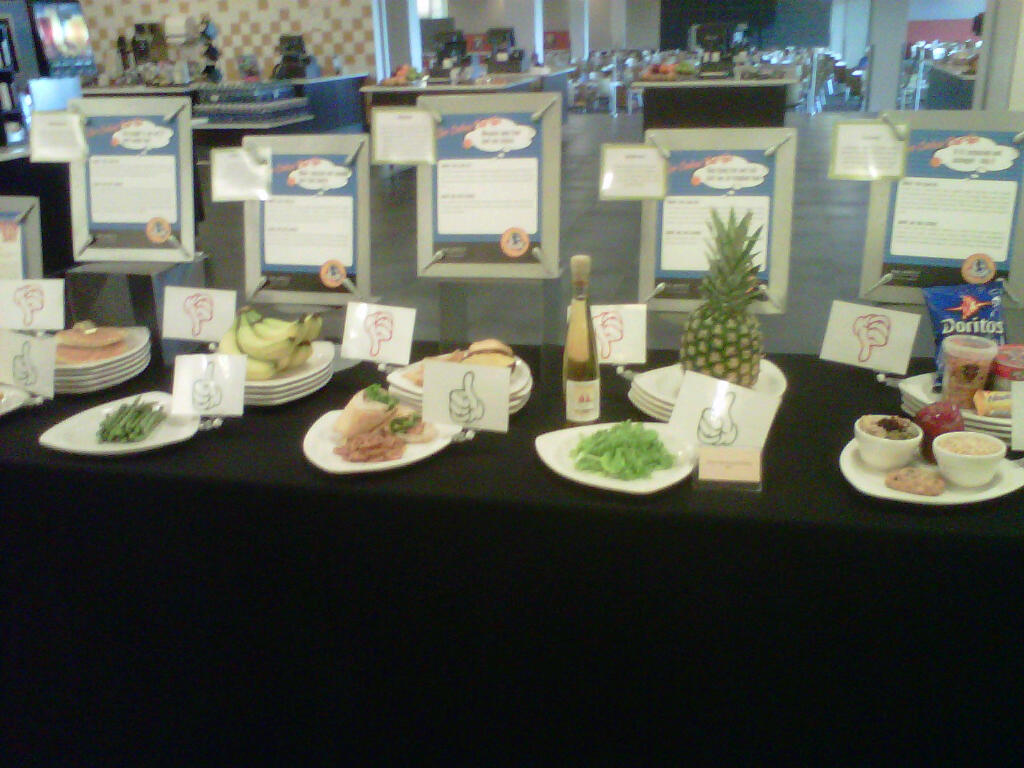How Low Carbon Can You Go? We Can Help!
These days, you can’t walk into a grocery store without being exposed to a new diet: flexitarian, vegetarian, vegan, paleo, cookie diet, low-fat, cabbage soup, gluten-free, elimination, low carb…the list goes on and on.
But there’s one important diet that most people have never considered: the low carbon diet. Shrinking our environmental “foodprint” is just as important as shrinking our waistlines. The food system — from fertilizers to livestock, transportation, and packaging — is responsible for at least one-third of global greenhouse gas emissions.
As part of Bon Appétit’s mission to provide food services for a sustainable future, we knew we had to address this issue. In 2007 we launched our companywide Low Carbon Diet program. The goal was to reduce our greenhouse gas emissions in the highest-impact areas by 25%. We met that goal, and surpassed some of the milestones we’d set ourselves, too: we reduced the use of beef and cheese within the cafés by 33% and 10% respectively. We now purchase 100% of our meat and vegetables from within North America. We’ve reduced food waste by 30%.
We want our guests to join us in fighting climate change with their forks. That’s why Bon Appetit cafés across the country today are celebrating Low Carbon Diet Day, an educational event showing that low-carbon doesn’t mean loss of flavor. Cafés will showcase the five Low Carbon Diet principles below by serving creative, nutritious, low carbon meals — such as mushroom burgers instead of beef, or sushi made with frozen-at-sea fish.
1. You Bought It, You Eat It – Don’t Waste Food
When you waste food, you waste the energy used to grow, transport and cook it. In landfills, food waste releases methane gas, a greenhouse gas many times more powerful than carbon dioxide. Buy and prepare only the food you expect to eat. If you don’t finish it all in one sitting, save the leftovers: you can turn them into an omelet or salad.
2. Make “Seasonal and Regional” Your Food Mantra
Foods that are in season in your region are generally lower in carbon. (Avoid produce grown in greenhouses heated with fossil fuels, though.)
3. Moooove Away From Beef and Cheese
Livestock creates 18% of the world’s greenhouse gas emissions. If you eat meat and cheese, consider reducing portion sizes, selecting these items less frequently, and eating only those products you REALLY love. Pork, turkey, and chicken produce much less methane — and vegetables none at all, capturing greenhouse gases instead of adding to them.
4. Stop Flying Fish and Fruit – Don’t Buy Air-Freighted Food
For seafood and out-of-season produce, “fresh” often means “air flown,” which is 10 times more emission-intensive than transporting products by ship. The best-quality seafood is usually “processed and frozen at sea,” while local produce is picked when it’s actually ripe — which tastes better.
5. If It’s Processed and Packaged, Skip It
Snack foods, most juices, even veggie burgers (prepared, boxed, frozen and transported) consume a lot of energy. We eat this stuff mindlessly. When you need a treat or an “easy grab,” choose fresh local fruit, small quantities of nuts, and delicious homemade alternatives.
So if you’re interested in reducing your carbon impact, try putting down the cheeseburger and bag of chips, and choosing a black-bean-and-beet burger (make your own with this recipe!) with a side of roasted local vegetables and a glass of tap water.
April 21 update: Photos rolled in of Low Carbon Diet Day in action from our 400 locations in 31 states. Here’s a few — for even more, visit our LCD Day Facebook gallery.
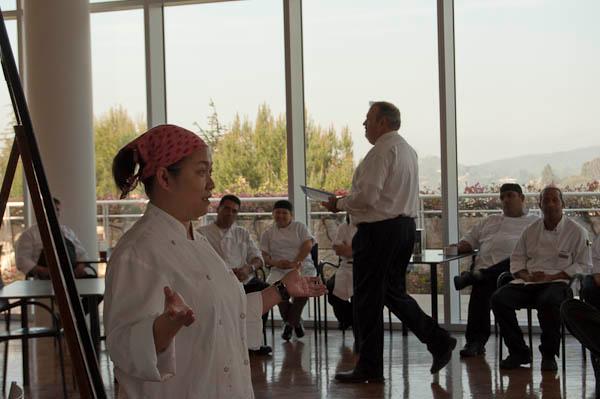
Executive Chef Mayet Cristobal tells the Getty Center team about today's special Low Carbon menu, featuring Morro Bay black cod, Tamai Farms beet salad
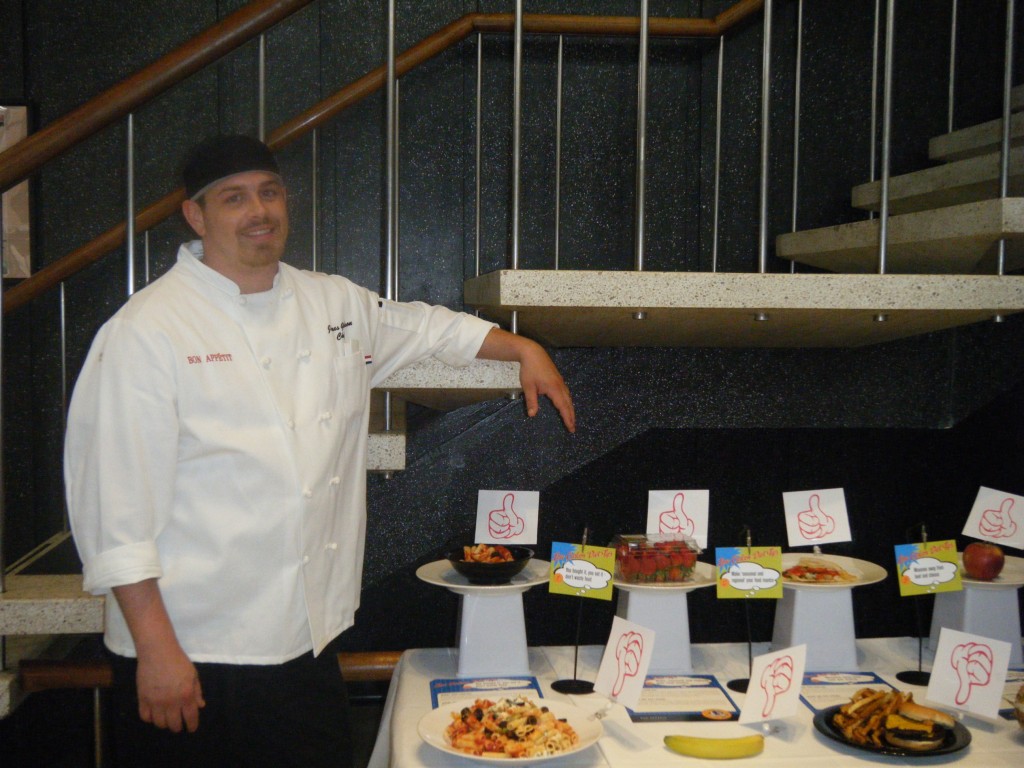
Executive Chef Jimmy Gibson, Fribley Café at the LCD display table at Case Western Reserve University
